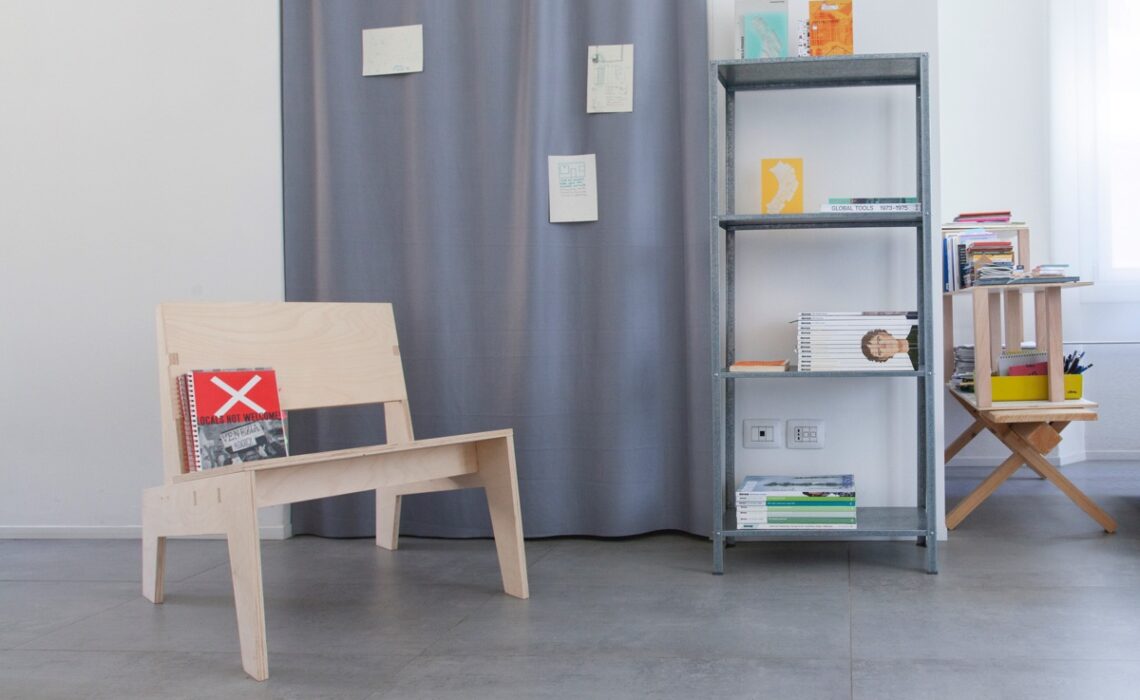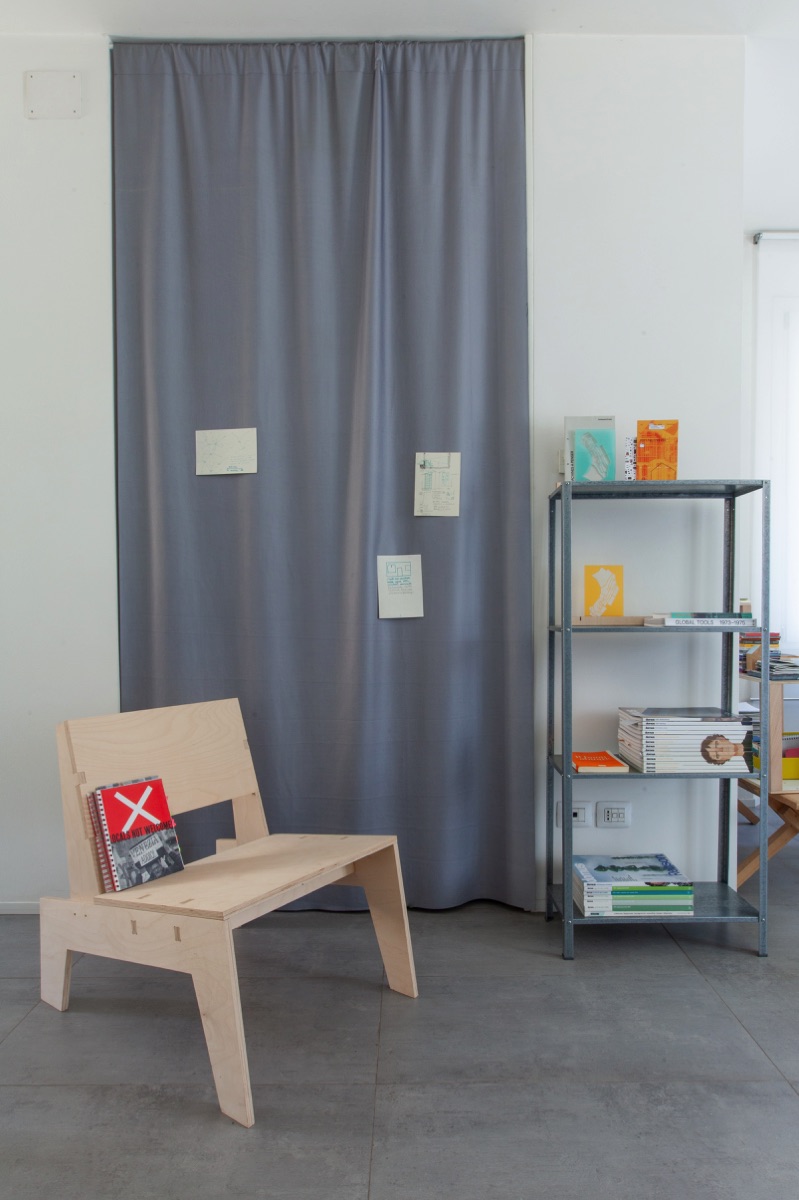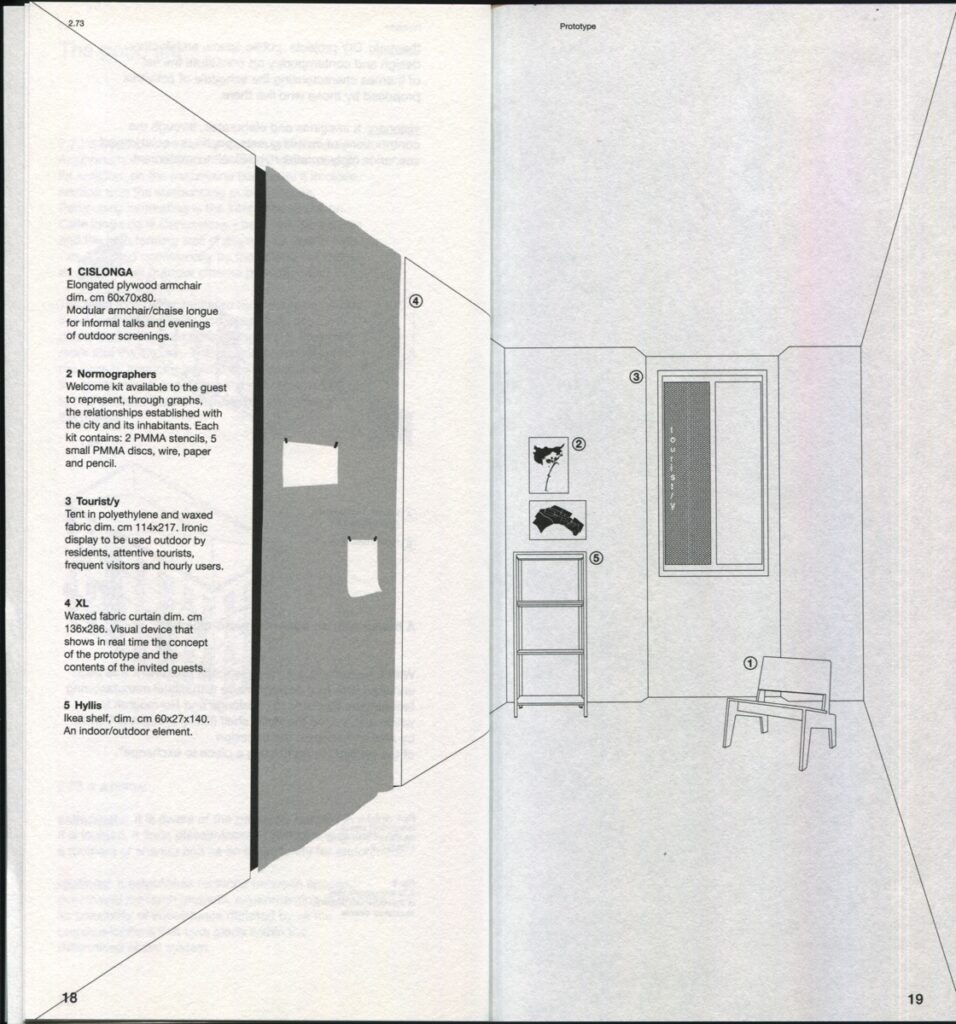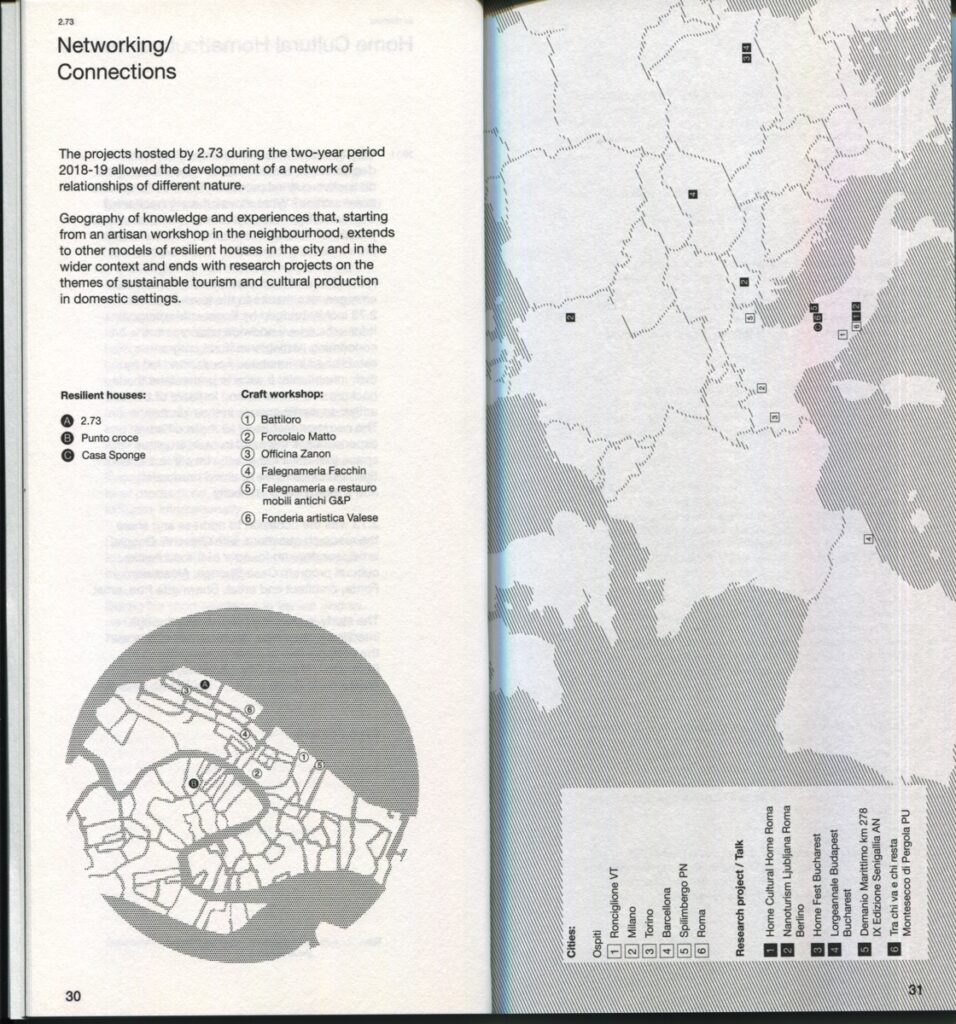
Venice until when? Giulio Obici has written in 1967.
Since 2008 the counter, located inside the window of the historical Farmacia Morelli in Campo San Bortolomio, at the foot of the Rialto Bridge, reports to the most careful passer-by the number of the inhabitant of the historical City; sloped under the 50 thousand units.
Event, the one of the exodus from the insular city, no longer related to the high water phenomenon and to its effects, but also to the continuing rise of the tourist monoculture.
The question convinces a reflection on dwelling – or rather, living and residing in a place – referring to the specific context of the lagoon city.
“Nothing defines the idea of one dimension more than the houses in Venice, whose doors open on water; it is always a challenge for the mental laziness of mainland man to get used to the idea that this one is the real door, while the other, which overlook the square or the street is only a secondary door. But it only takes a moment's reflection to realise that the canal door connects not to a particular waterway but to all waterways, that is, to the liquid expanse that envelops the whole planet. This is what you feel in Venice house: that the land door access to a limited portion of the world, to a small island, while the water door gives direct access to a dimension without edges.”
The Italo Calvino’s words seem persuade the inhabitant looking at their house with different eyes, and through this, changing the point of view towards the city and beyond.

It is necessary reinterpret the domestic space making it complex: both in an operational manner, hybridizing the residence in another productive functions; and use of spaces, imagining a mixed hospitality between resident and traveller (new resident). In this residential model – reinterpretation of the traditional venetian warehouse house – the inhabitant assumes a double role: cohabitation process expediter as well as prosumer (producer – information consumer) of a schedule of cultural activity (but not only) spontaneous.
There is also the water – “the extra dimension” imagined by the Ti con zero’s writers unifying element of the city, essential for who lives there, which can be extremely associated with the concept of connective intelligence: term coined by Derrick De Kerckhove and investigated in a urban context by Carlo Infante of Urban Experience.
Venice will be able to preserve its stones for a long time, but its guardians will have to rediscover themselves as navigators able to drawing new geographies from relevant local issues in relation to global knowledge.


